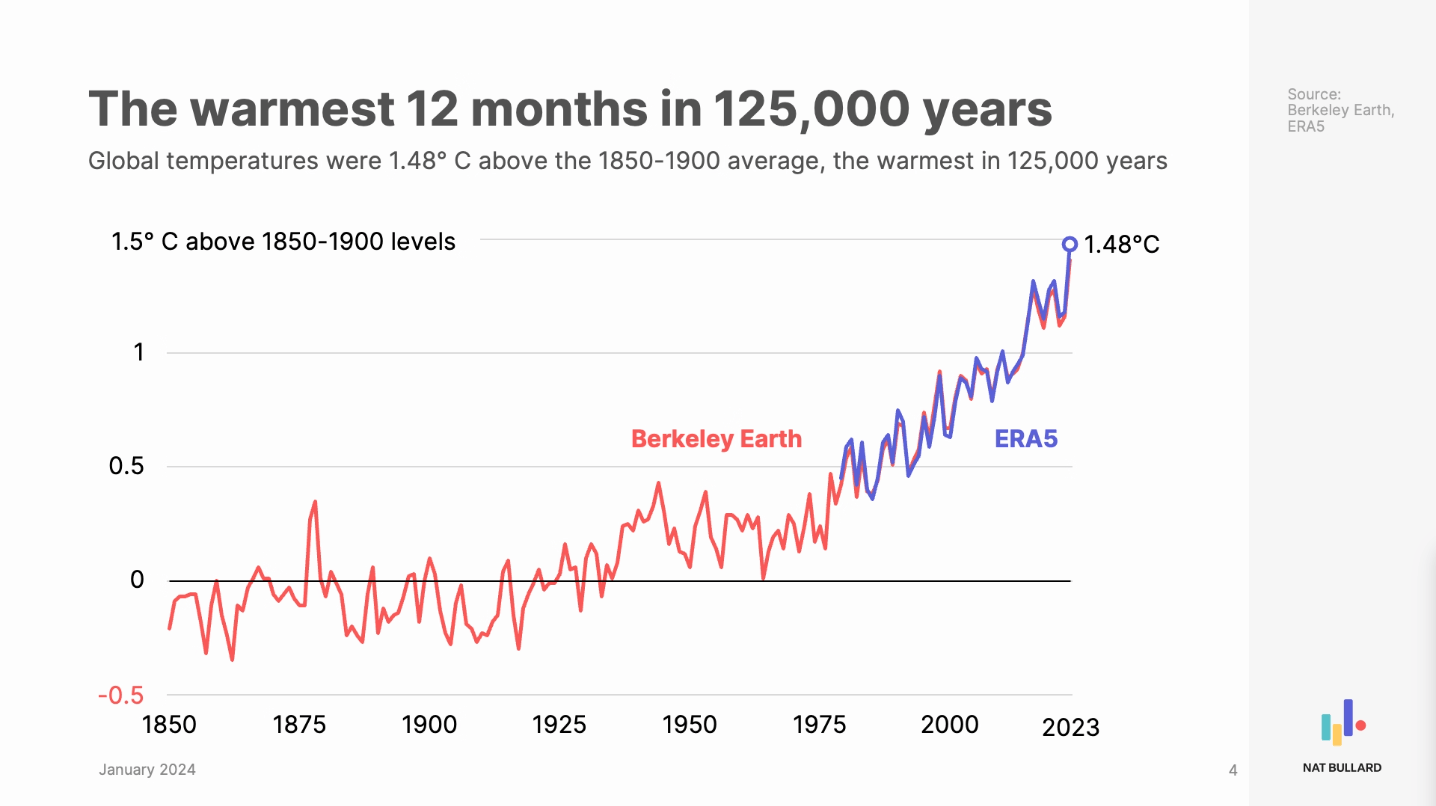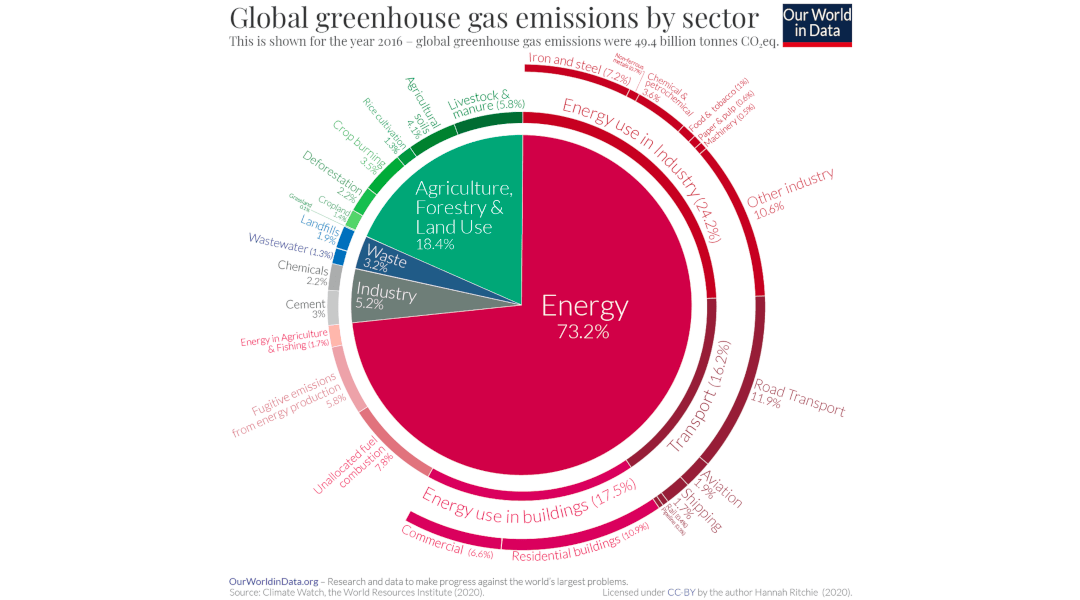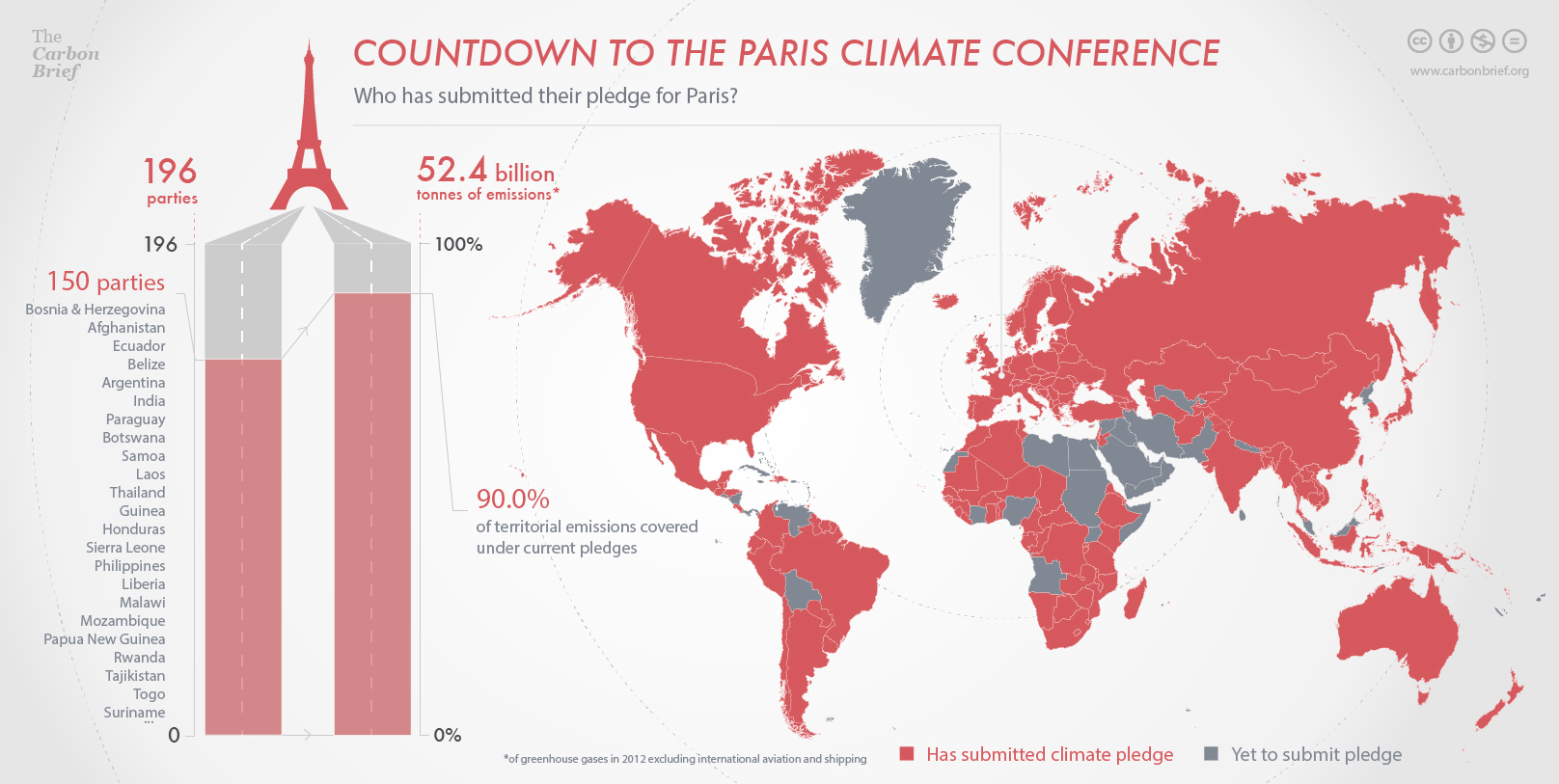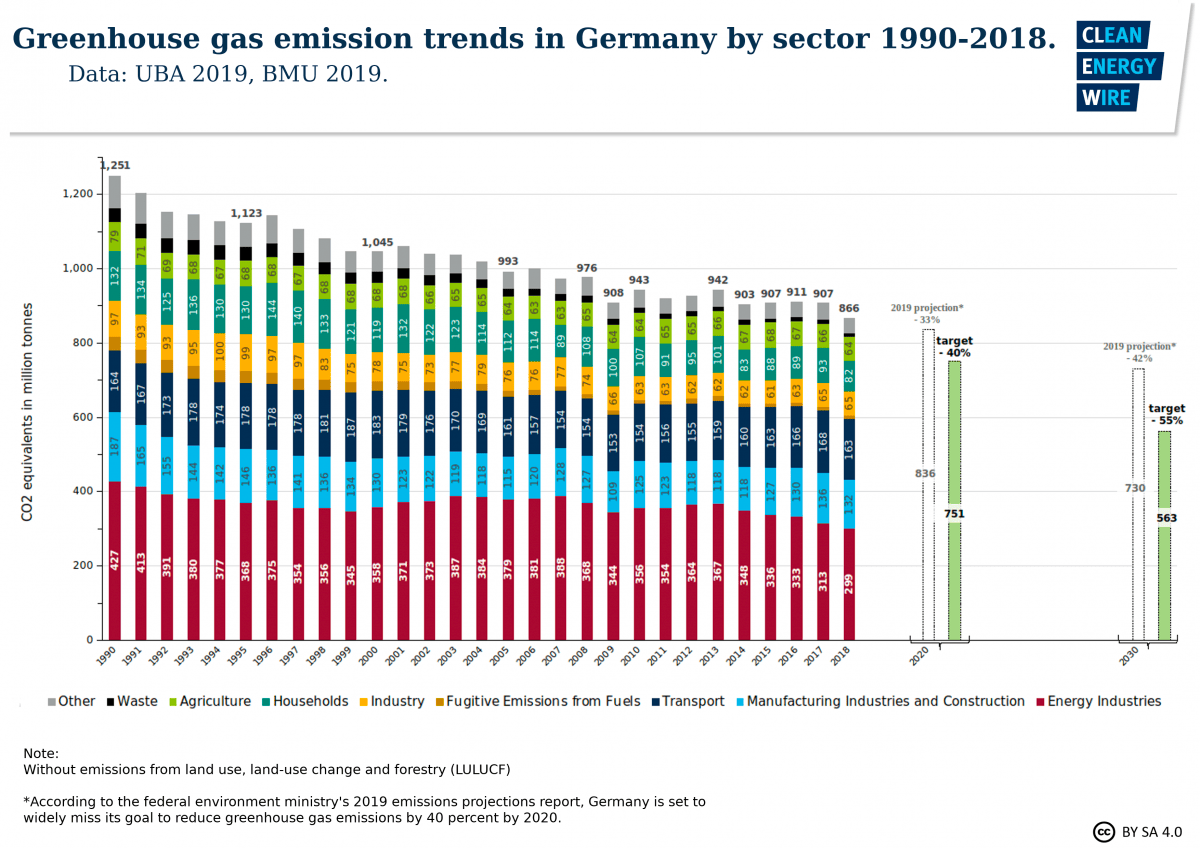What is climate change?
Climate change refers to the long-term alteration of the Earth's average weather patterns, primarily driven by human activities, including the emission of greenhouse gases like carbon dioxide (CO2) and methane (CH4).
What is the impact of climate change?
This phenomenon is causing a significant and rapid shift in global temperatures, leading to a wide range of environmental impacts. Climate change is characterised by more frequent and severe weather events, rising sea levels, melting ice caps, and disruptions to ecosystems. It represents one of the most critical challenges of our time, requiring coordinated efforts at the international, national, and individual levels to mitigate its effects and adapt to the changing climate.
Understanding the causes and consequences of climate change is essential for addressing this complex and urgent issue.

What drives climate change?
Climate change is primarily caused by human activities that release greenhouse gases (GHGs) into the atmosphere. The most significant contributors to climate change include burning fossil fuels like coal, oil, and natural gas for energy production and transportation. This process releases carbon dioxide (CO2) and other GHGs, trapping heat in the Earth's atmosphere and leading to a gradual increase in global temperatures.
Deforestation, industrial processes, and agriculture also emit GHGs, such as methane (CH4) and nitrous oxide (N2O). These human-induced emissions have disrupted the natural balance of the Earth's climate system, resulting in the climate changes observed today.

What is currently being done to solve the issue?
Internationally, countries are addressing the climate crisis through the Paris Agreement (2015), a treaty under the United Nations Framework Convention on Climate Change (UNFCCC) in which countries committed to limiting global warming below 2°C, to stay below 1.5°C.
A key component of the Paris Agreement is the concept of Nationally Determined Contributions (NDCs). These contributions are tailored to each nation's unique circumstances and capabilities, outlining their specific commitments and actions to mitigate GHG emissions and adapt to the impacts of climate change.
NDCs serve as the cornerstone of global climate action, representing the individual country's roadmap for its climate goals and policies. Importantly, countries regularly update and submit their NDCs, reflecting their evolving strategies and ambitions. This collaborative effort among nations to keep global warming below 2 degrees Celsius, with an aspiration for a more ambitious 1.5-degree target, is integral to the agreement's success in combating climate change and addressing the urgent need for climate action on a global scale.

How are governments and companies currently fighting climate change?
The European Union (EU) is at the forefront of the global effort to combat climate change with a comprehensive approach. Central to its climate strategy is the European Green Deal, which aims to achieve EU climate neutrality by 2050, accompanied by an interim target of reducing emissions by at least 55% by 2030. The EU is also actively reforming and expanding the EU Emissions Trading System (EU ETS) to effectively price carbon emissions, promoting the transition to renewable energy sources, and enhancing energy efficiency.
As part of its commitment to combat climate change, the European Union (EU) has also established the Corporate Sustainability Reporting Directive (CSRD) framework to enhance transparency and accountability in corporate sustainability reporting.
Germany, as an EU member, plays a significant role in these climate efforts. It has embraced the Energiewende, or Energy Transition, which involves a shift towards renewable energy, a reduction in coal usage, and a phasing-out of nuclear power. Moreover, Germany has committed to a 2030 Climate Action Program, pledging to reduce emissions by at least 65% by 2030 compared to 1990 levels, demonstrating its commitment to ambitious climate goals. Furthermore, Germany is planning to exit coal-fired electricity generation by 2038 at the latest, marking a pivotal step in its transition to a low-carbon economy.

How companies are currently fighting climate change
The concept of net zero represents the next phase in climate action for both EU and German companies. It involves aligning business strategies with net-zero emissions goals, encompassing supply chains, operations, and products or services. Encouraging sustainable innovation is a key component, of fostering the development of technologies and practices that accelerate emissions reductions. Collaboration with governments, organisations, and stakeholders is imperative to advance sustainability goals collectively. Transparency in reporting and disclosing emissions and sustainability efforts ensures accountability and paves the way for a greener and more sustainable future.
.svg)